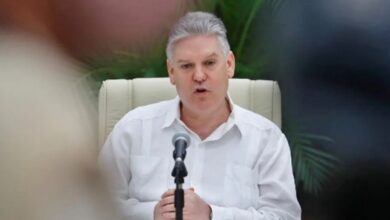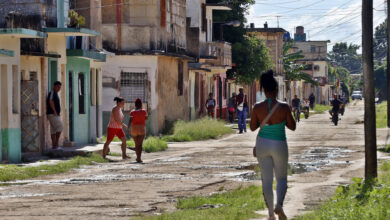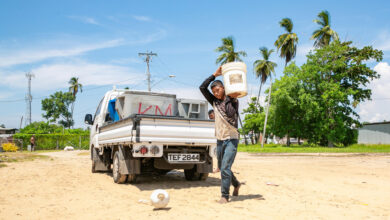Mi Costa: project to save 3,000 mangroves and benefit 1 million people
The intervention is a measure of adaptation to global warming that will be carried out for 30 years.

Among the ecosystems that are most threatened today and that urgently need to be defended are mangroves. Photo: Pexels
LatinAmerican Post | Vanesa López Romero
Listen to this article
Leer en español: Mi costa: proyecto para salvar 3000 bosques y beneficiar a 1 millón de personas
Cuba is a country vulnerable to the impacts of climate change. Among the ecosystems that are currently most threatened and that need to be urgently defended are the mangroves, present in 70% of the Caribbean country, and the swamps .
For this reason, through an alliance between the United Nations Development Program (UNDP) and the Ministry of Technology and Environment of Cuba, the 'Mi Costa' initiative was born. With it, it is expected to save more than 11,000 hectares of mangroves, 3,000 of swamp forests and 900 of grasslands on the southern coasts of Cuba .
This, thanks to the 23.9 million dollars that the United Nations (UN) will allocate to the project and that were approved by the Board of the Green Climate Fund (GCF). Also, the Cuban government will give 20.3 million and thus contribute to the continuity of the plan that is expected to last 30 years. The amount is part of the contributions that the country committed to in the Paris Agreement.
The rehabilitation of the coast, seascapes, ecosystems and hydrology are the axis of the project. To do this, coastal communities will be assisted in restoring mangroves and reefs.
In addition, the plan includes strengthening the adaptive capacity to climate change of vulnerable coastal communities in more than 24 municipalities in southern Cuba . After all, the infrastructure of this area of the country has been severely affected in the past by hurricanes such as Ike (2008), Sandy (2012) and Matthew (2016).
“The impacts of these climatic factors pose a threat to the existence of coastal settlements and communities. With the financing of the Green Climate Fund and the support of the Program, this new project will provide valuable inputs for the work of the Governments in the Life Task. Together, these efforts will help vulnerable populations to adapt to the risks associated with climate change, ”said Odalys Goicochea, head of the General Directorate of the Environment of the aforementioned Ministry of Science, Technology and Environment of Cuba.
Also Read: Is Fossil Fuel Industry Advertising Misleading?
Hence, part of the efforts are focused on strengthening the governance of the communities that live on the coasts to the south of the island. To do so, local centers for social education will be promoted as well as local and national coordination mechanisms to counteract the effects of climate change.
“Mi Costa”: el proyecto de medio ambiente protegerá la costa sur de Cuba frente al cambio climático@PNUDLAC @MaritzaGarciaJ @EmbaCubaArg
https://t.co/YxieFwFsDZ pic.twitter.com/pjdOEM0o9C
— OptimismOk (@ok_optimism) March 24, 2021
As Maribel Gutiérrez, Resident Representative of the United Nations Program in Cuba explains, “Interventions in ecosystems, with the participation of communities, will benefit more than 1.3 million people . 'Mi Costa' will represent a critical contribution to Cuba's efforts to achieve the Sustainable Development Goals established in the 2030 Agenda ”.
It should be noted that the Green Climate Fund also carries out projects in alliances with national and regional institutions that mitigate climate change and promote development in countries such as Indonesia, Malaysia, Cambodia, Kenya, Mali, Namibia, Mauritius, Mongolia, Seychelles, Mexico , Uzbekistan and among others.




